In the last lecture, the professor talked about creative wayfinding design, emphasizing that the most powerful tools are analogy, metaphor, and synecdoche. This method is to display information in an indirect way. It is sometimes clearer and more interesting than the direct representation and can leave a deep impression. By connecting certain objects, people, concepts, and ideas, it emphasizes their similarities and associations. It helps people to understand an unknown situation with a familiar situation.
In fact, we often see the application of analogy, metaphor, and synecdoche in our daily life. The trash can in computer systems is an example. “The function to delete a file is actually quite complex, involving marking portions of hard-drive space to be written over once they are needed.” By comparing this function to a trash can, a more familiar object, users can easily understand this process. And just like the trash can in real life, if you don’t empty the trash can, you still have the chance to get the things you throw away back. The shopping cart icon in online stores is the same. Using physical objects in life to describe the virtual concept in the digital world is a common technique used by designers.
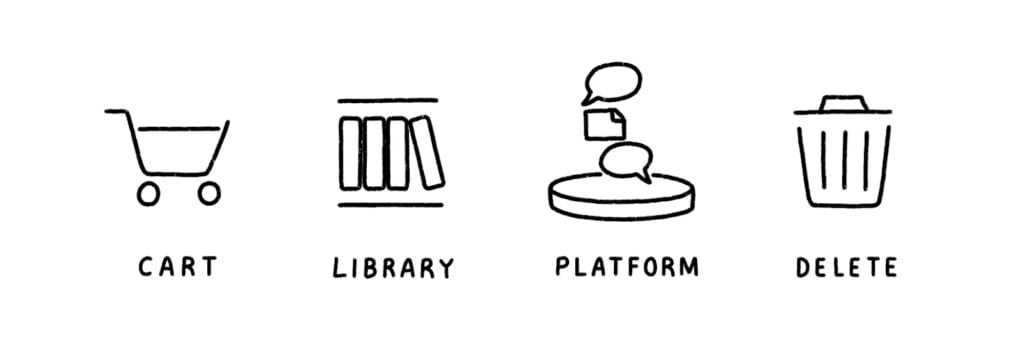
Apply analogy in poster design makes the poster striking and memorable once the audience realizes it. A famous example is Harry Pearce’s poster It’s All Our Blood, a product commemorating the 70th anniversary of the dual nuclear explosions of Hiroshima and Nagasaki. “The poster is a photograph of a drop of blood hitting the water’s surface, creating a deep red cloud similar to an atomic explosion”. The message of the poster is self-evident. The visuals and details are beautiful, but it is the creative analogy idea that makes the poster stand out.

Another poster I found online was produced by the World Wildlife Fund. WWF clearly states their views and appeals, which is protecting animals, without displaying a single word. WWF compares ecosystems to Jenga, emphasizing the importance of each kind of animal, showing the idea that the elimination of any one kind of animal leads to the crashing of the entire ecosystem.
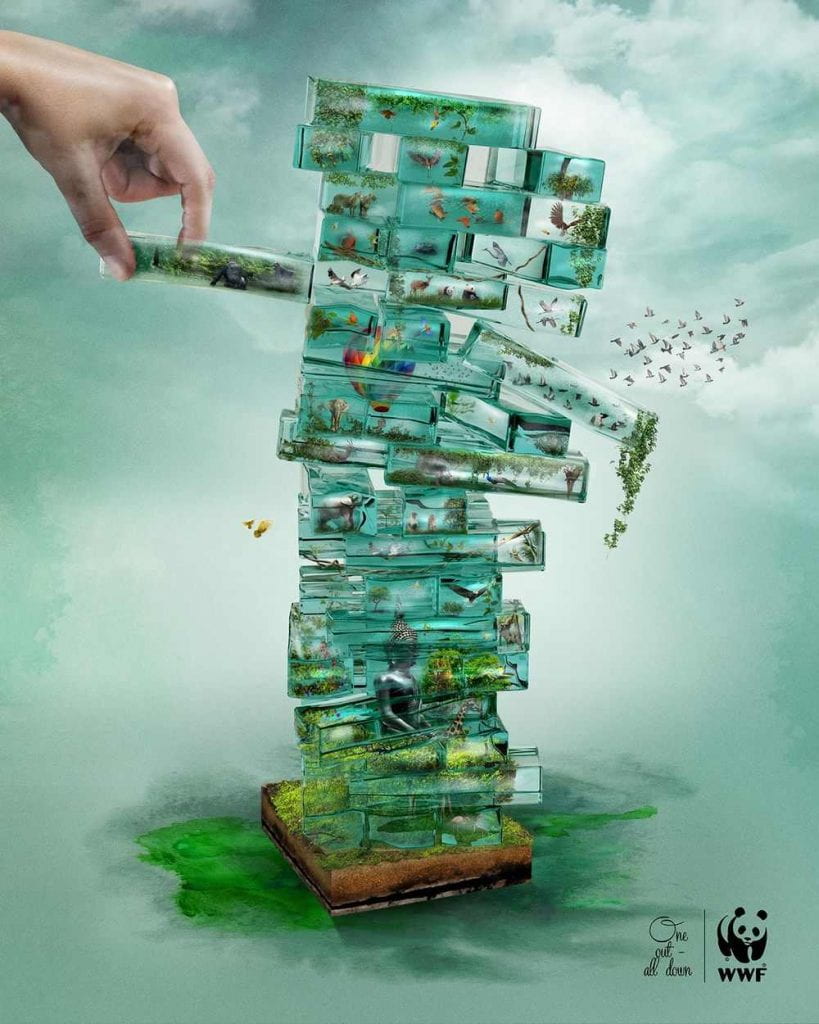
I also would like to share with you some examples in logo design I found in the book I borrowed Logo Design Love: A Guide to Creating Iconic Brand Identities by David Airey. In logo design, designers often reshape letters or incorporate brand-related images into the logo subtly. This not only makes the logo stand out but also shows the main business of the brand. The following is the logo of Sinkit which provide tool and service to help golfers with their putting. They came up with a brilliant idea of transforming the second “I” into a golf hole and representing a golf ball that is about to drop into the hole with a dot. The design also separates the words “sink” and “it”, preventing it from being misread as sin kit.
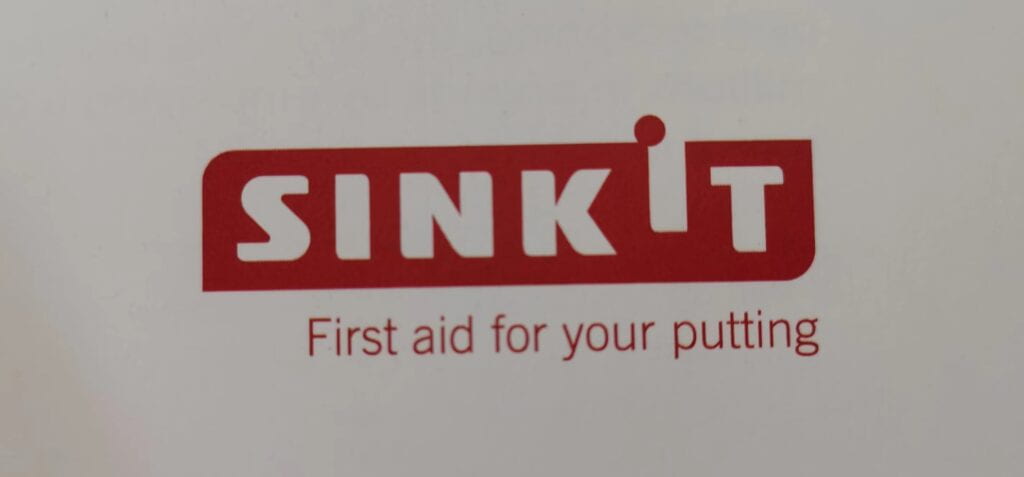
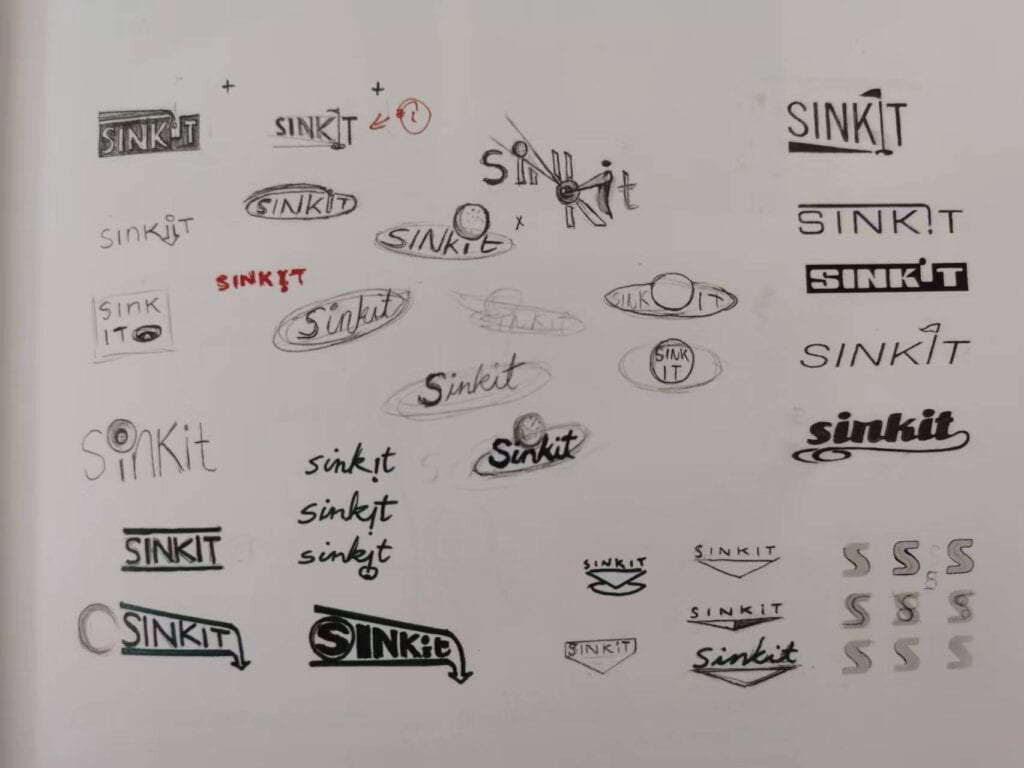
The logo of Talkmore, a wholesaler of mobile phones and accessories also impressed me. The designer found the similarity between the quote marks and the letters “a” and “e”, and transformed the letter effectively. The treatment is relevant to the company’s business. And the designer drew people’s attention to the transformation with just enough color added.
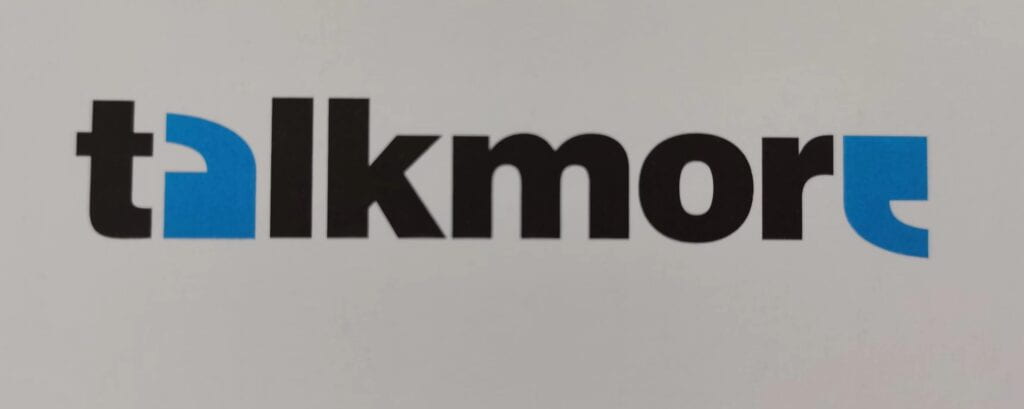
The use of analogy, metaphor, and synecdoche plays an important role in creative thinking. When brainstorming ideas we should also try to find indirect solutions, making the visual display smart and beautiful, avoiding “banana”.
Resources:
https://xd.adobe.com/ideas/perspectives/leadership-insights/designers-create-change-visual-metaphors/
https://www.pentagram.com/work/its-all-our-blood/story
https://penji.co/wp-content/uploads/2021/09/10-wwf-ad-819×1024.jpeg
The examples you showed are so cool! They really make me think back to when Professor showed us the secret in the FedEx logo and it blew my mind. I especially love the WWF poster with the Jenga. Such a creative post!
I really enjoyed reading this article. Your perspective is refreshing! pusat4d